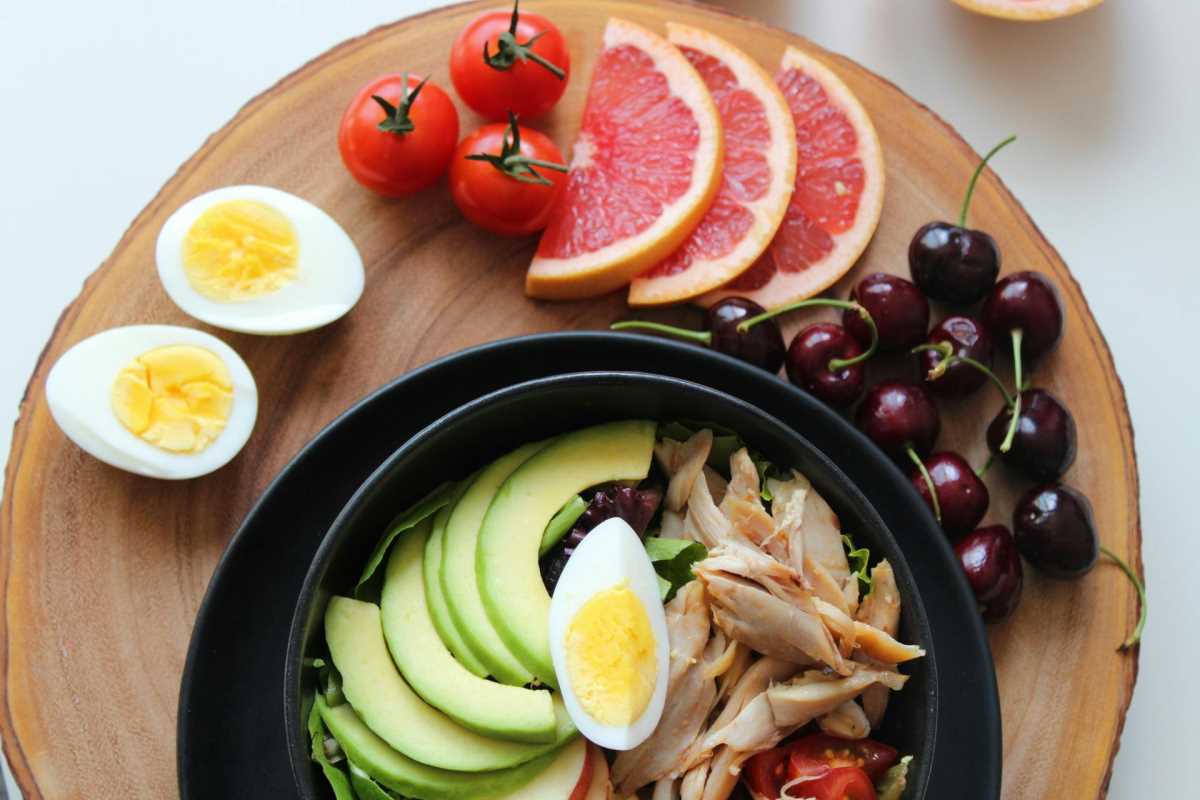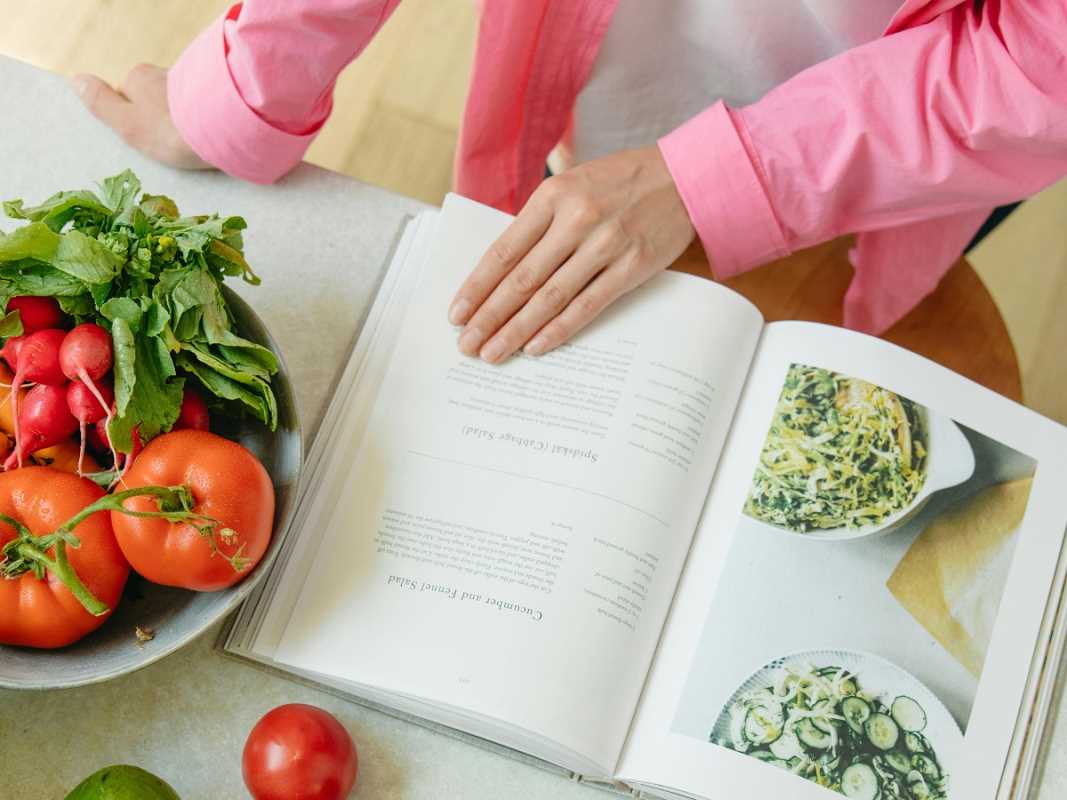Changing the mood at family dinners can begin with small adjustments to familiar recipes rather than complicated additions. By swapping out basic ingredients for colorful, nutrient-rich options, you can create meals that look appealing and taste delicious. This guide shows how simple changes in the kitchen can introduce new flavors, interesting textures, and added nutrition to the dishes everyone already loves. Discover how easy it can be to refresh classic recipes with inventive tweaks, making every meal both satisfying and visually inviting. Enjoy the process of bringing more excitement and variety to your table, one ingredient at a time.
Vibrant Flavors That Last
Reinventing staples through unexpected pairings reminds us that cooking can feel like an experiment in a friendly lab. Instead of framing changes as punishments or restrictions, imagine each swap as a creative twist that both surprises the palate and increases nutrient density. This perspective turns routine meal prep into a playful workshop where each ingredient has the potential to energize, refresh, or delight.
Focus on sensory enhancement—vibrant colors, contrasting textures, nuanced aromatics—and you encourage the whole household to lean into mealtime curiosity. Whether you swap out refined whites for richer grains or use spice blends that wake up sleepy marinades, each choice adds depth. To start simply, explore a set of ingredient swaps that sneak in extra vegetables without sacrificing a single drop of fun. Later, you’ll see how small calibrations like these spark big payoffs in taste and well-being.
Kickstart Flavor Makeovers
- Nut-Based Cream Replacement
- Purpose: Lighten rich stews while preserving silky texture.
- Step-by-Step:
- Soak raw cashews in warm water for two hours.
- Drain and rinse thoroughly.
- Blend with water until creamy.
- Cost: About $0.50 per half-cup serving
- Availability: Bulk bins or nut aisles in most stores
- Insider Tip: Add a pinch of nutritional yeast before blending to mimic tangy notes and boost savory depth.
- Cauliflower Rice Alternative
- Purpose: Lower glycemic load and sneak in extra veggies.
- Step-by-Step:
- Trim cauliflower florets.
- Pulse in food processor until rice-like texture forms.
- Sauté lightly in olive oil with garlic and a pinch of salt.
- Cost: Roughly $1.50 per meal portion
- Availability: Ready-made in produce section or DIY at home
- Insider Tip: Stir in chopped fresh herbs at the end for a bright pop and extra greens without any wilt time.
- Avocado Yogurt Mixture
- Purpose: Boost healthy monounsaturated oils and probiotics.
- Step-by-Step:
- Scoop out ripe avocado and mash until smooth.
- Whisk in plain yogurt until uniform.
- Season with citrus zest for added zing.
- Cost: Under $1 per serving
- Availability: Standard dairy and produce sections
- Insider Tip: Freeze avocado pits in a small pouch and store alongside the mixture to prevent discoloration.
Impressive Ingredient Swaps
- Zucchini Noodles
- Purpose: Lighten carb load while keeping noodle satisfaction.
- Step-by-Step:
- Trim ends of zucchini.
- Run through spiralizer.
- Salt lightly and let drain in a colander for 10 minutes.
- Toss with sauce.
- Cost: $0.75 per serving
- Availability: Fresh produce section or spiralizer gadget
- Insider Tip: Dry noodles on a paper towel before cooking to prevent watery sauces from weakening flavor.
- Chia Egg Substitute
- Purpose: Bind ingredients and increase nutritional value in baking.
- Step-by-Step:
- Combine 1 tablespoon chia seeds with 3 tablespoons water.
- Stir and let rest for 5 minutes until gel forms.
- Incorporate directly into batter.
- Cost: Pennies per use
- Availability: Health-food aisles
- Insider Tip: Grind chia seeds first to reduce the tiny seed texture in delicate cakes or muffins.
Step-by-Step Swap Approaches
- Changing Texture
- Purpose: Preserve key mouthfeel elements like creaminess or crunch.
- Step-by-Step:
- Taste a small spoonful of the original recipe.
- Think of at least two alternative ingredients that match the texture.
- Test each substitute in a 1:1 ratio and adjust cooking times as needed.
- Cost Factor: Often neutral when using seasonal produce
- Availability: Local markets
- Insider Tip: Balance moisture by pairing wet swaps (e.g., pureed legumes) with drying agents (e.g., whole grains) to prevent sogginess.
- Enhancing Flavor
- Purpose: Boost muted seasoning with spice blends or infusions.
- Step-by-Step:
- Taste the base before adding salt.
- Stir in micro-batches of spice mix (e.g., roasted fennel + peppercorn).
- Let sit for 5 minutes to meld, then retaste and adjust.
- Cost: Minimal if you keep basic spices on hand
- Availability: General grocery stores
- Insider Tip: Toast whole spices in a dry pan to unlock essential oils before grinding—this makes every pinch more potent.
Kitchen-Friendly Ways to Boost Flavor
Elevate everyday meals with quick flavor boosters like citrus zest, toasted seeds, or umami-rich condiments. Keep small jars of favorites nearby to swirl into salads, grains, or soups. These easy additions bring variety, excitement, and richness to healthy dishes—making every bite feel fresh and inspired.
 (Image via
(Image via





